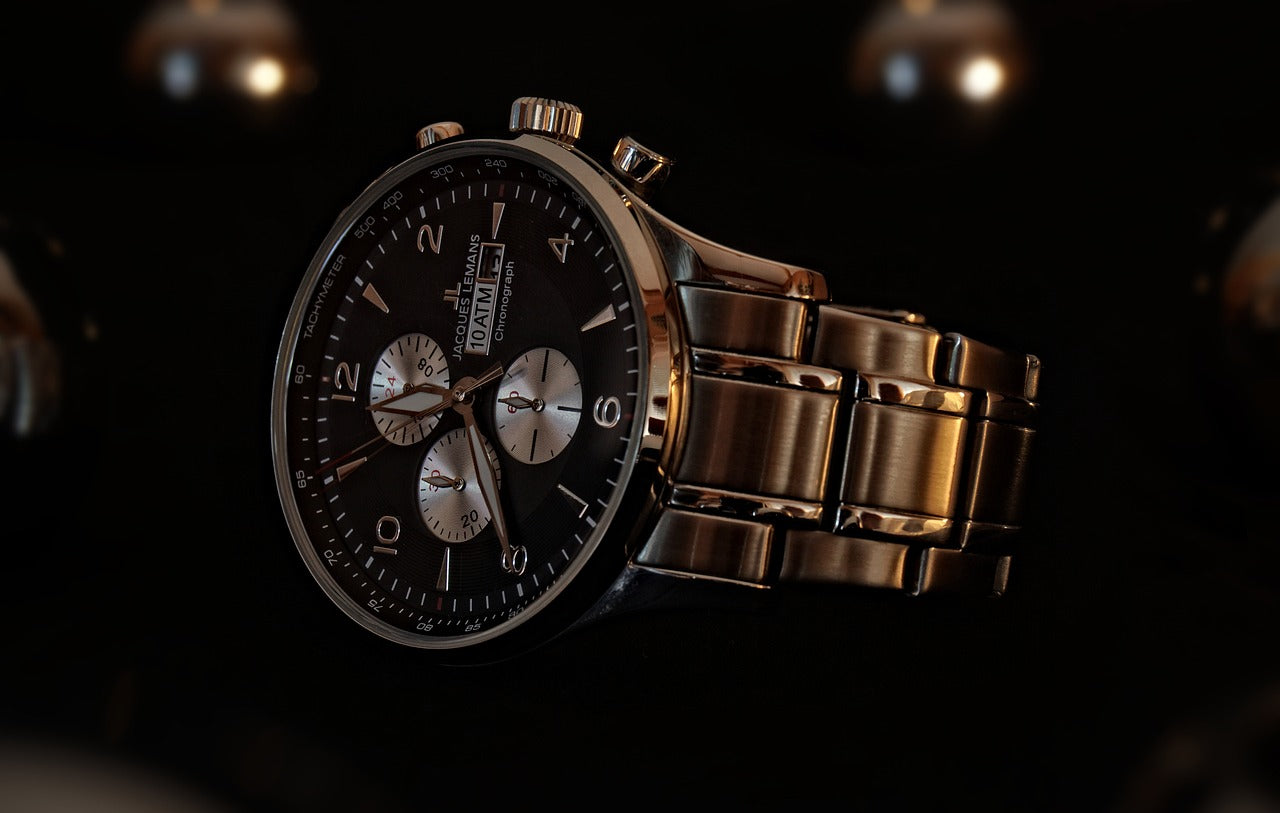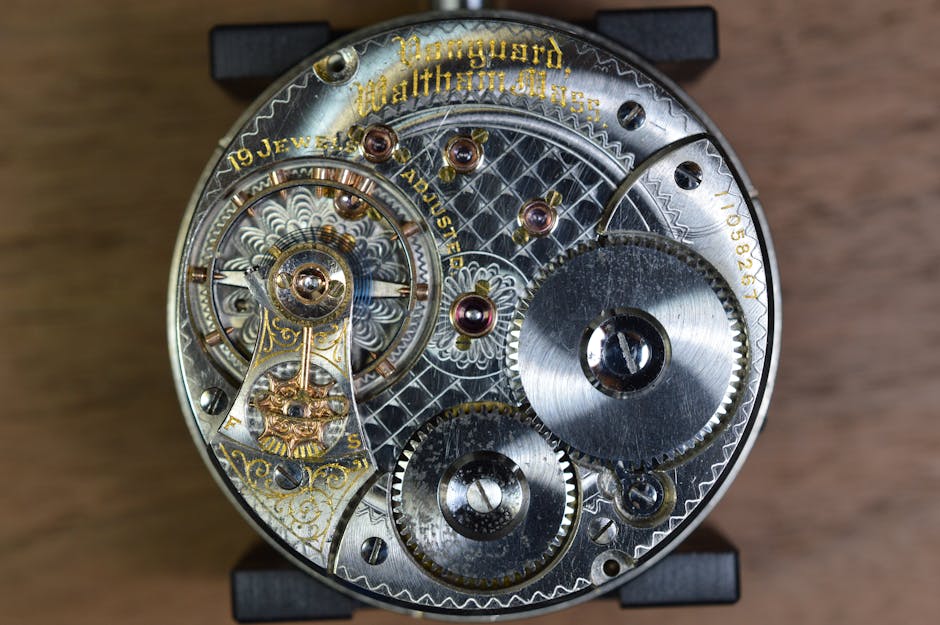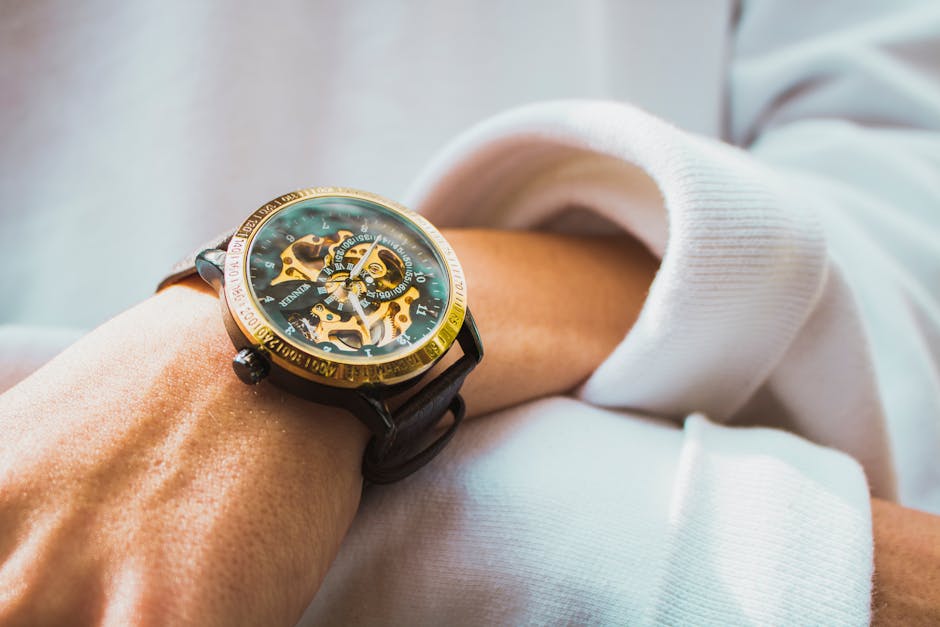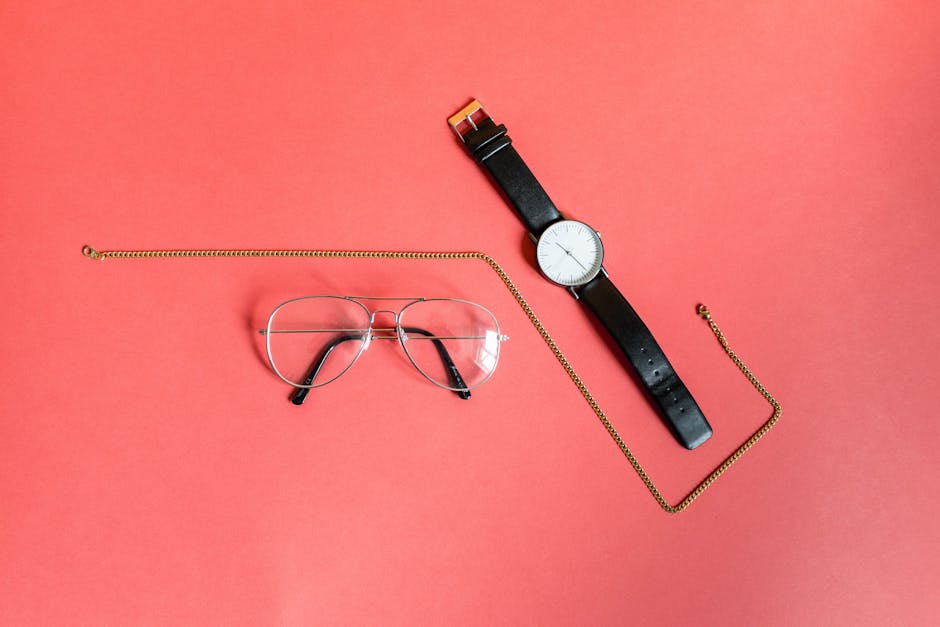
What Is Japanese Miyota Movement?
When delving into the world of horology (the art of making timepieces), you'll often encounter the phrase "Japanese Miyota Movement." But what exactly does it mean? Essentially, it refers to the inner workings or 'heart' of a watch, made by one of the industry's most esteemed manufacturers, Miyota.
For over four decades, Miyota, a division of the Citizen Group, has been creating some of the world's most reliable and proficient watch movements. Recognized for its combination of superior Japanese engineering and cost-effectiveness, it's the chosen movement for countless brands across the globe.
In this blog, we will guide you through the intricacies of Japanese Miyota Movement. From its history, impressive features, to its leading role in modern horology, get ready to appreciate time differently. Welcome to the fascinating world of Miyota Movement.
Understanding Watch Movements
In the world of horology, the ‘movement’ of a watch is the heart that powers the timepiece. Providing essential functions from basic time telling to more advanced features, a watch's movement is a micro-engineering miracle.
One movement hailed for its efficiency and reliability is the Japanese Miyota movement. Initially created by Citizen Watch Co., the Miyota movement has become a popular choice in the luxury watch market. The name ‘Miyota’ was derived from a region in Japan known for its horological roots.
The movement boasts a high level of accuracy and minimal maintenance requirements, greatly contributing to the longevity of the watch. It showcases the intricate combination of gears, springs, and tiny components, diligently working together to keep time precisely.
It's the ideal choice for watch enthusiasts seeking a perfect blend of traditional craftsmanship and modern technology.
Origin and History of Miyota

The heart of any timepiece lies in its movement, and for many LUCA Watches, that heartbeat springs from the precision and craftsmanship of Miyota. Miyota originated in Japan in the 1950s under the larger Citizen Watch Company banner.
For years, Miyota was an internal secret, equipping only Citizen timepieces with its reliable, high-quality movements. However, in the 1980s, in a bold strategic move, Citizen decided to share Miyota's exemplary functionality with the wider watch industry.
This decision was driven by their vision of advancing watch culture by providing quality movement, both domestically and internationally. This level of openness was and still is rare in the industry, setting Miyota apart as a standout contributor to the field of horology.
Throughout its storied history, Miyota has proven time and again that meticulous Japanese craftsmanship and relentless pursuit of precision can truly stand the test of time.
Significance of Miyota in Japanese Watchmaking
Miyota plays a pivotal role in Japanese watchmaking. This movement variety, a product of the Miyota company, itself a subsidiary of Citizen, has come to be central in creating precision timekeeping instruments.
What sets Miyota apart is it's unequaled balance between cost-effectiveness and quality. Watch enthusiasts have marked Miyota as an epitome of Japanese watchmaking craftsmanship – efficient, accurate, and beautifully crafted.
Miyota movements are not just for luxury timepieces. Their versatility has made an appearance in various types of watches, from high-end pieces to the more pocket-friendly variants.
The essence of Miyota's significance in Japanese watchmaking lies in how seamlessly it blends the finesse of traditional watchmaking with the advancements of modern technology. When you choose a timepiece with a Miyota movement, you're investing in a craft honed over decades, enshrined in each tick.
The Production Process of Miyota Movement

Miyota Movement production begins with precise design and engineering, an intricate process fuelled by Japan's renowned culture of perfectionism. Each mechanical part is created with meticulous precision.
Once the components are ready, they are meticulously assembled by hand under the watchful eyes of experienced horologists. The balance wheel, the heart of the timepiece, is finely adjusted for maximum accuracy.
Finally, strict quality control measures ensure each movement reaches the top-notch standards Miyota is known for. Testing for precision and durability is carried out under a variety of conditions.
The result? A superior watch movement that is robust, reliable, and remarkably accurate, reflecting the artistry, precision, and innovation that has made Japanese Miyota Movement highly respected in the horological world.
Features of Miyota Movement Watches
Since the early 1950s, Miyota, a subsidiary of Citizen Watch Co. Ltd., has become internationally renowned for manufacturing high-quality Japanese quartz movements.
One key feature of Miyota movement watches is their reliability. The movements are rigorously tested for precision, ensuring a high degree of accuracy in timekeeping.
A notable characteristic is their durability. Due to an innovative construction using fewer parts, Miyota movements are designed to withstand wear and tear, making watches with this movement long-lasting.
They also offer smooth hand movements, which contributes to their elegance and appeal. The smooth second-hand sweep is akin to that seen in more expensive mechanical watches.
Another attractive feature is the easy repair and maintenance. Watch repair professionals usually find Miyota movements easy to fix due to the availability of parts.
Overall, Miyota Movement provides a brilliant balance between price, performance, and durability, making them a favored choice for several watch brands.
Differences between Miyota and other Movements
When evaluating the differences between Miyota and other movements, there are several key factors to consider.
To start, Miyota is linked with trust and affordability. Created by Citizen, Miyota mechanisms provide precise timekeeping at a fraction of the price of Swiss alternatives. While Swiss movements are often regarded as the epitome of fine watchmaking, Miyota stands its ground with a competitive edge in cost-efficiency and quality.
Additionally, Miyota movements are praised for their durability and longevity. Unlike some Swiss movements that require frequent services, Miyota mechanisms are designed to require less maintenance.
However, in terms of aesthetic, Miyota may lack the intricate ornamentation observed in some Swiss movements. Nevertheless, it compensates with its practicality and efficiency.
Knowing the differences helps you appreciate the value, sophistication, and craftsmanship each brings to horology.
Types of Miyota Movements Available

There's a broad spectrum of Miyota movements available, imbuing the narrative of each timepiece with its unique character.
One of the most revered is the Miyota 9015, a mechanical movement not only for its accuracy but its slim profile, ideal for sleeker timepieces.
The Miyota 8215, on the other hand, is a robust workhorse popular for its durable design and reliability.
For watch enthusiasts who adore the complexity of Automatic movements, the Miyota 82S series showcases their intricately designed gears in a transparent case back.
Alternatively, the Miyota 2035 quartz movement is perfect for those who prefer the low-maintenance, hassle-free aspects of a battery-powered watch.
Each Miyota movement brings a certain charm, whether through sophisticated features, sheer simplicity, or robust reliability, to match the diversified tastes and preferences of luxury watch connoisseurs.
How to Maintain a Miyota Movement Watch
Maintaining a Miyota Movement watch requires careful attention, due to its delicate craftsmanship.
Firstly, clean your watch regularly. Use a soft microfiber cloth to keep the casing free from dust and grime. For dirtier watches, have it professionally cleaned to avoid damaging internal components.
However, avoid exposing your watch to extreme temperatures. The Miyota Movement mechanism could be affected and result in decreased precision.
Furthermore, consider professional servicing every 2 to 3 years. Watch experts can keep the intricate Japanese Miyota parts functioning smoothly.
Lastly, while these watches are robust, refrain from wearing them during high-impact activities to protect them from unnecessary shock.
By following these steps, one can ensure the longevity and function of their prestigious Miyota Movement watch.